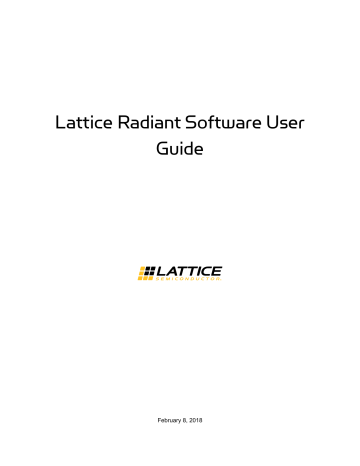
- #LATTICE LSE VS SYNPLIFY PRO SERIAL#
- #LATTICE LSE VS SYNPLIFY PRO PRO#
- #LATTICE LSE VS SYNPLIFY PRO SOFTWARE#
- #LATTICE LSE VS SYNPLIFY PRO CODE#
Can somebody explain me what is going on here? I am, after all, quite new to vhdl and haven't done a lot with it. I am using Lattice Diamond Version(64-bit) 3.7.0.96.1.
#LATTICE LSE VS SYNPLIFY PRO CODE#
I attached a few Pictures of all described and of course the used code (as whole project). I know this is (should be)a simple task but i just don't get it. I Also checked for differences in my toplayer, but the only one is the Prescale Value, which seems to has no effect on the Generated clock despite altering the generatet burst frequency. What bugs me most ist that the code used for both prescalers are except the Names absolutely the same. But the on time is not half a wavecycle rather than a short pulse. The rising edge seems to be where it should and if the clocking part would be a steady one, the frequency would be correct. Where it semms, it should be '0' its all good but when it shall went to a steady '1' it instead begins to clock with half the osc_clk. The scope shows now "osc_clk" and "compclk" fine but sck_clk is odd. Now i routed osc_clk, sck_clk and compclk to pins in order to measure the generated clocks. I came quite far ( i guess) but when i setup the prescaler for the system Clock (osc_clk) to generate the ''Component Clock'' (compclk) and a then a second prescaler to generate the "transmission clock" (sck_clk) i ran into a problem that i can't figure out.
#LATTICE LSE VS SYNPLIFY PRO SERIAL#
I wanted to create a simple Parallel in Serial out shift register in order to get Data in a DAC. Radiant 3.0 averages a 15 percent reduction in runtime and a seven percent increase in design performance in comparison to the previous release.Hi there, i have set up this Lattice breakout board:, one of the older ones with the 'LCMXO2-1200ZE-1TG144' on it.This dramatically speeds the iterative design process by helping designers evaluate ‘what-if’ scenarios and re-run timing analysis without having to re-run mapping and place-and-route.

#LATTICE LSE VS SYNPLIFY PRO PRO#
#LATTICE LSE VS SYNPLIFY PRO SOFTWARE#
“Lattice Radiant 3.0 design software gives developers an easy-to-follow user experience the tool leads them through the steps of the development flow, including design creation, importing IP, implementation, bitstream generation, downloading the bitstream onto an FPGA, and debugging,” said Roger Do, Senior Product Line Manager, Software at Lattice Semiconductor.



“The Lattice Radiant tool has a modern user interface that is highly intuitive and very easy to use, which reduces design complexity and helps us get products to market faster.” “As a leading provider of FPGA-based SoM solutions for the industrial and automotive markets, we have decades of experience working with various software tools used in hardware development,” said Antti Lukats, CTO, Trenz Electronic.


 0 kommentar(er)
0 kommentar(er)
